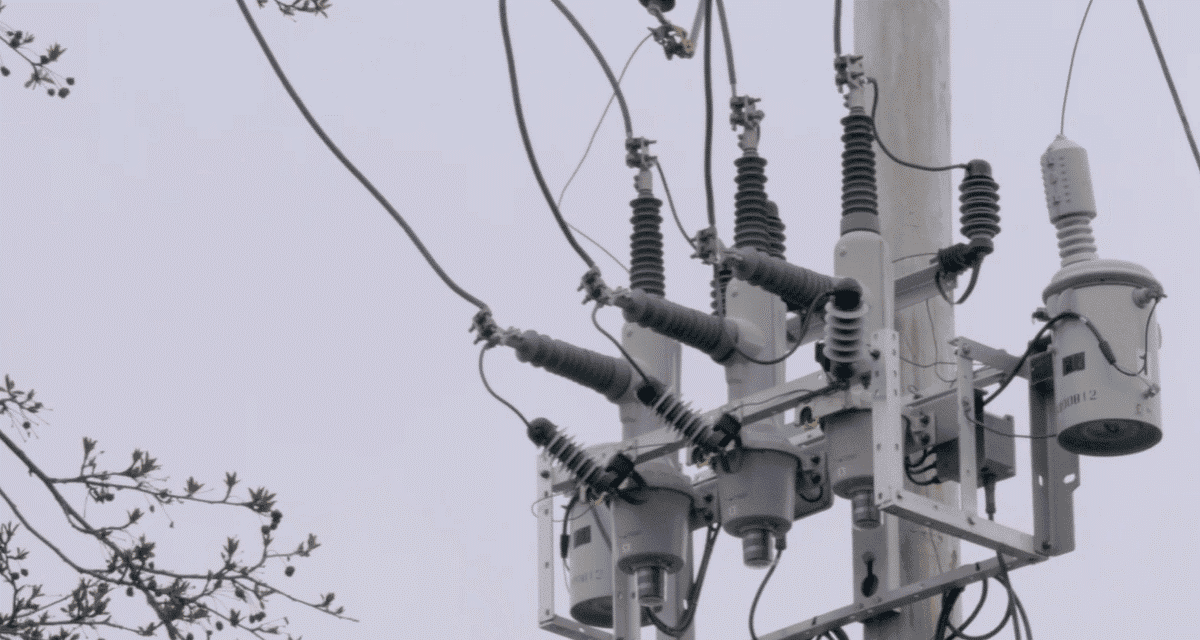Consumers spending $24M on automation to fix, detect outages

As part of its latest electric rate increase, Jackson-based Consumers Energy will spend $24 million this year to invest in a series of line sensors and automatic transfer reclosers (ATRs) along parts of its grid. Company officials say the "smart technology devices" will improve the ability to detect outages and reroute electricity to ensure customers maintain power in their homes.
Consumers will install nearly 3,000 line sensors and more than 100 ATRs this year, the company announced in a news release Monday. The ATRs are used to automatically reroute power when an outage is detected, and line sensors are used to alert crews when and where a looming outage will occur.
According to a company spokesperson, the ATRs will be installed across 72 circuits, which account for approximately 3.4% of the grid, and the line sensors will be installed across 700 circuits, covering approximately 33.3% of the grid. Exact locations for the new installations were not disclosed Monday.
Consumers provides electric service to 1.8 million customers in Michigan's Lower Peninsula. In March, state regulators signed off on the company raising its electric rates by $92 million, a $1.53 increase to the average monthly bill for a typical residential customer.
The $24 million investment in the line sensors and ATRs is paid for by the latest rate increase, the spokesperson said.
Company officials say the planned upgrades will bolster the reliability of Consumers' electric grid. Consumers also installed 123 ATRs last year.
“ATRs and line sensors are both instrumental when storms strike and cause outages,” Greg Salisbury, Consumers Energy's vice president of electric engineering, said in a statement. “They will be a big part of our reliability future and keeping the power on for our customers.”
The company, since the rate increase request was approved, has also announced plans to spend $3.5 million on upgrading 1,200 electric poles from wood to iron. Iron poles are more resilient to adverse weather and will help deliver more consistent electric service for customers.
Also in the company's latest rate increase case, state regulators approved Consumers to bury about 10 miles of power lines as part of a pilot project to improve reliability.
Both Consumers and Detroit-based DTE Energy, Michigan's two largest electric providers, have faced customer scrutiny about the reliability of their services. Both have ranked among the worst-performing utilities nationally when it comes to how long it takes them to restore power after an outage, according to a review of reliability data.
Consumers last year unveiled its "Reliability Roadmap," a five-year plan aimed at investing in strengthening the company's electric grid and providing more reliable service. The plan includes taking steps to automate parts of the grid where feasible, as well as making electrical infrastructure more resilient to adverse weather.
DTE is currently asking state regulators for a $456 million rate increase for its electric service, which would be about an $11 increase in the average customer's monthly bill. The utility says the funds are needed to improve reliability.
Contact Arpan Lobo: alobo@freepress.com. Follow him on X (Twitter) @arpanlobo.
This article originally appeared on Detroit Free Press: Consumers Energy announces upgrades to detect outages, re-route power

